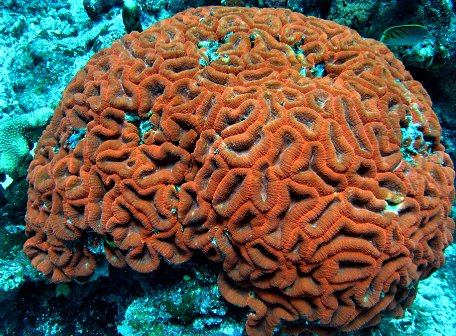
This week's bioRxiv preprint is an article about social networks in spotted hyena (Crocuta crocuta), rock hyrax (Procavia capensis), bottlenose dolphin (Tursiops spp), and sleepy lizard (Tiliqua rugosa). The article uses a model of social network formation where a newborn forms attachment most to its mother (probability = pb), second most likely to its mother's social contacts (probability pn), and then less likely to those of its species not already networked to its mother (probability pr). These are species where it is observed that fathers do not generally participate in childrearing.
They found that a computer model where pb > pn > pr models observed relationships in these societies better than other models considered. Note that such relationships are an example of an emergent behavior, and perhaps can be seen as supporting an emergent culture, though to be sure that this is cultural it would noted that it is likely that in such societies that there would be a mirrored DNA relatedness that would confound such a conclusion, as detailed and accounted for in Whitehead and Rendell's book we reviewed last year.
--------------------------------------
ABSTRACT
--------------------------------------
Social inheritance can explain the structure of animal social networks
Amiyaal Ilany and Erol Akcay
bioRxiv preprint first posted online Sep. 4, 2015; doi: http://dx.doi.org/10.1101/026120.
The social network structure of animal populations has major implications for survival, reproductive success, sexual selection, and pathogen transmission of individuals. But as of yet, no general theory of social network structure exists that can explain the diversity of social networks observed in nature, and serve as a null model for detecting species and population-specific factors. Here we propose a simple and generally applicable model of social network structure. We consider the emergence of network structure as a result of social inheritance, in which newborns are likely to bond with maternal contacts, and via forming bonds randomly. We compare model output to data from several species, showing that it can generate networks with properties such as those observed in real social systems. Our model demonstrates that important observed properties of social networks, including heritability of network position or assortative associations, can be understood as consequences of social inheritance.





No comments:
Post a Comment